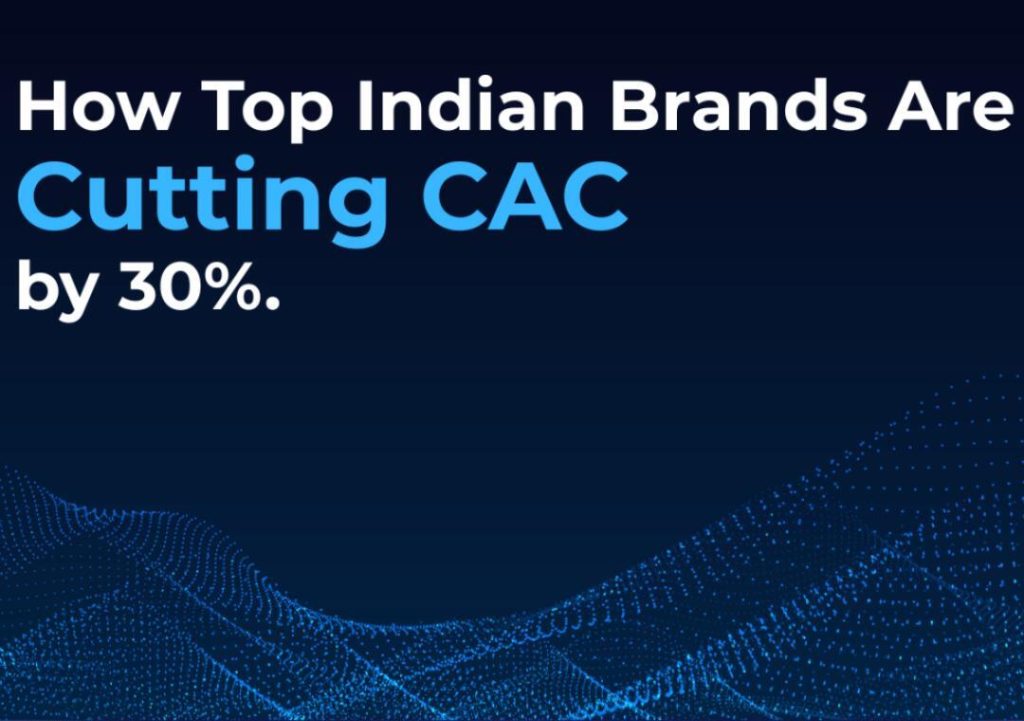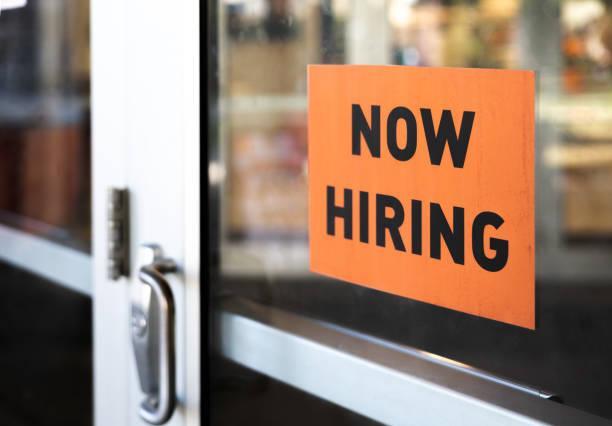
Indian Brands Slash CAC by 30% Using AI
The Indian Direct-to-Consumer (D2C) e-commerce market has been witnessing rapid growth in recent years, with more and more brands shifting their focus to online sales. However, this growth comes with a significant challenge – acquiring new customers at a lower cost. Customer Acquisition Cost (CAC) has become a major concern for Indian D2C brands, with many struggling to make a profit due to high CAC.
In this blog post, we will explore how top Indian brands are slashing their CAC by up to 30% using AI-powered predictive signals. We will also discuss how AI is revolutionizing the way brands approach customer acquisition, making every ad dollar sharper, smarter, and more accountable.
The Challenge of High CAC
CAC is a critical metric for any business, measuring the cost of acquiring a new customer. In the D2C space, CAC can be particularly high due to the competitive nature of the market and the need to acquire customers quickly. According to a recent report, the average CAC for D2C brands in India is around 30-40% of their revenue. This means that for every rupee earned, brands are spending around 30-40 paise to acquire a new customer.
For many Indian D2C brands, CAC is a major concern. High CAC can lead to a negative impact on the bottom line, making it difficult for brands to sustain growth and profitability. In recent years, we have seen many Indian brands struggling to make a profit due to high CAC.
The Solution: AI-Powered Predictive Signals
In recent years, AI-powered predictive signals have emerged as a game-changer for Indian D2C brands. These signals enable brands to identify high-intent users early in the funnel, reducing CAC by up to 30%. By using AI-powered predictive signals, brands can target users who are more likely to convert, reducing waste and increasing ROI.
Intellsys, a leading AI-powered marketing platform, has been working with top Indian brands to help them slash CAC. According to Intellsys, their AI-powered predictive signals can identify high-intent users up to 90% more accurately than traditional marketing methods.
How AI-Powered Predictive Signals Work
AI-powered predictive signals use machine learning algorithms to analyze user behavior and identify patterns that indicate high intent. These signals are then used to target users with personalized ads, increasing the likelihood of conversion.
Here’s how it works:
- Data Collection: Intellsys collects data on user behavior from various sources, including website interactions, social media, and online search.
- Machine Learning: The data is then fed into machine learning algorithms, which analyze the data to identify patterns that indicate high intent.
- Predictive Signals: The algorithms generate predictive signals, which are then used to target users with personalized ads.
- Real-Time Optimization: The signals are continuously optimized in real-time, ensuring that the most effective ads are delivered to the right users at the right time.
Benefits of AI-Powered Predictive Signals
The benefits of AI-powered predictive signals are numerous. By using these signals, Indian D2C brands can:
- Reduce CAC: AI-powered predictive signals enable brands to target high-intent users, reducing CAC by up to 30%.
- Increase ROI: By targeting users who are more likely to convert, brands can increase ROI and reduce waste.
- Improve Ad Effectiveness: AI-powered predictive signals enable brands to deliver personalized ads to the right users, improving ad effectiveness and increasing conversions.
- Enhance Customer Experience: By delivering personalized ads, brands can enhance the customer experience, increasing customer satisfaction and loyalty.
Case Studies: Top Indian Brands Cutting CAC by 30%
Several top Indian brands have already seen significant results by using AI-powered predictive signals. Here are a few case studies:
- Wakefit: Wakefit, a popular D2C mattress brand, used Intellsys to slash their CAC by 25%. By targeting high-intent users, Wakefit was able to increase conversions and reduce waste.
- Boat: Boat, a leading D2C electronics brand, used Intellsys to reduce their CAC by 30%. By using AI-powered predictive signals, Boat was able to target users who were more likely to convert, increasing ROI and improving ad effectiveness.
- Mamaearth: Mamaearth, a popular D2C skincare brand, used Intellsys to cut their CAC by 20%. By targeting high-intent users, Mamaearth was able to increase conversions and reduce waste.
Conclusion
In conclusion, AI-powered predictive signals have emerged as a game-changer for Indian D2C brands. By using these signals, brands can identify high-intent users early in the funnel, reducing CAC by up to 30%. With the ability to target users who are more likely to convert, Indian D2C brands can increase ROI, improve ad effectiveness, and enhance the customer experience.
As the D2C market in India continues to grow, it’s likely that AI-powered predictive signals will become an essential tool for brands looking to reduce CAC and increase profitability. By embracing AI-powered predictive signals, Indian D2C brands can stay ahead of the competition and achieve long-term success.
News Source:
https://www.growthjockey.com/blogs/how-top-indian-brands-are-cutting-cac-by-30-with-intellsys






